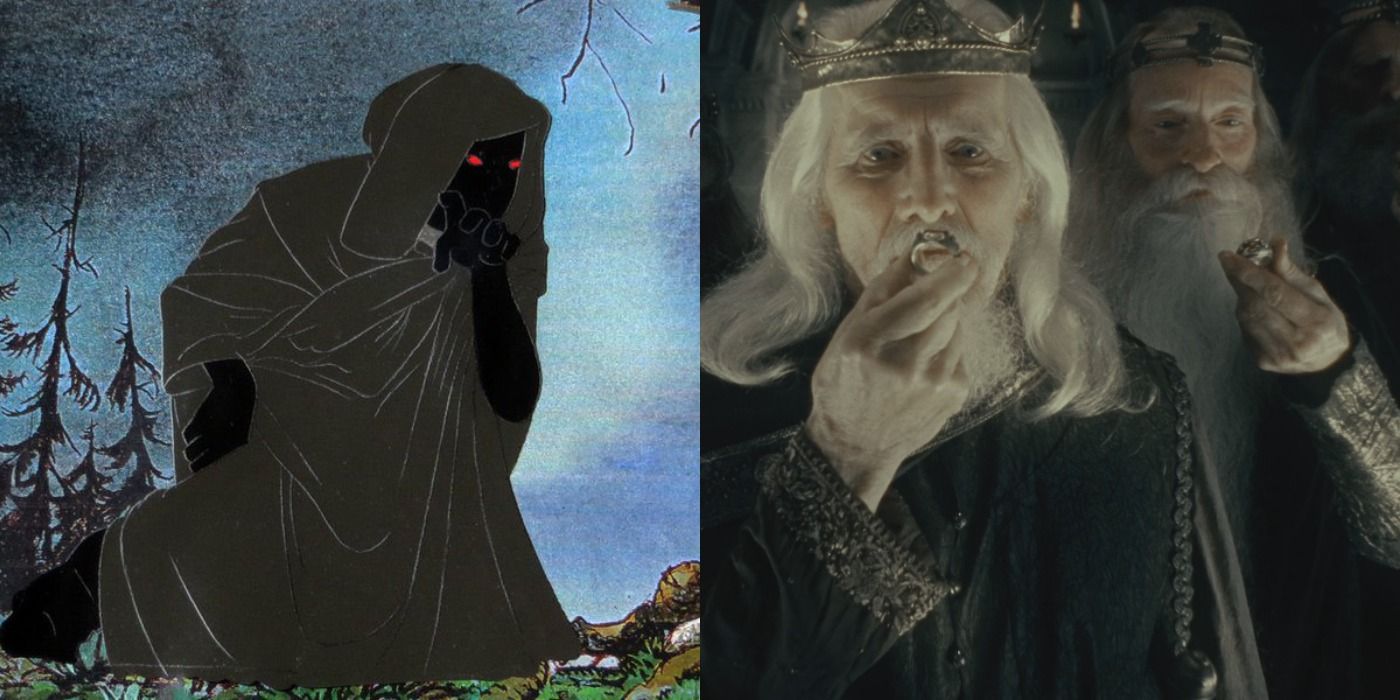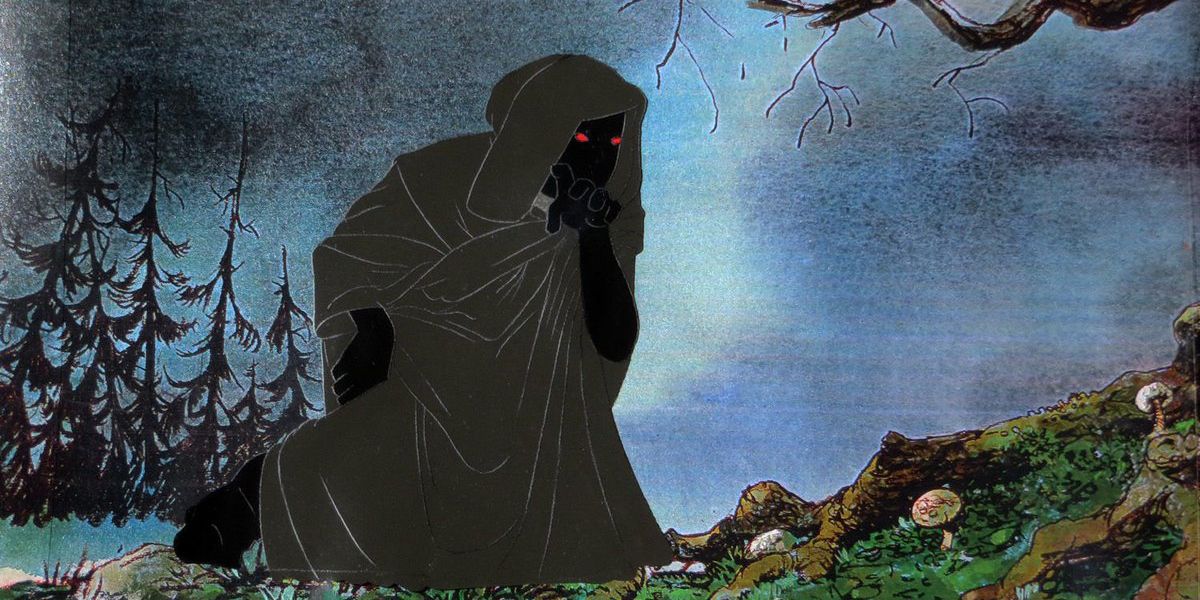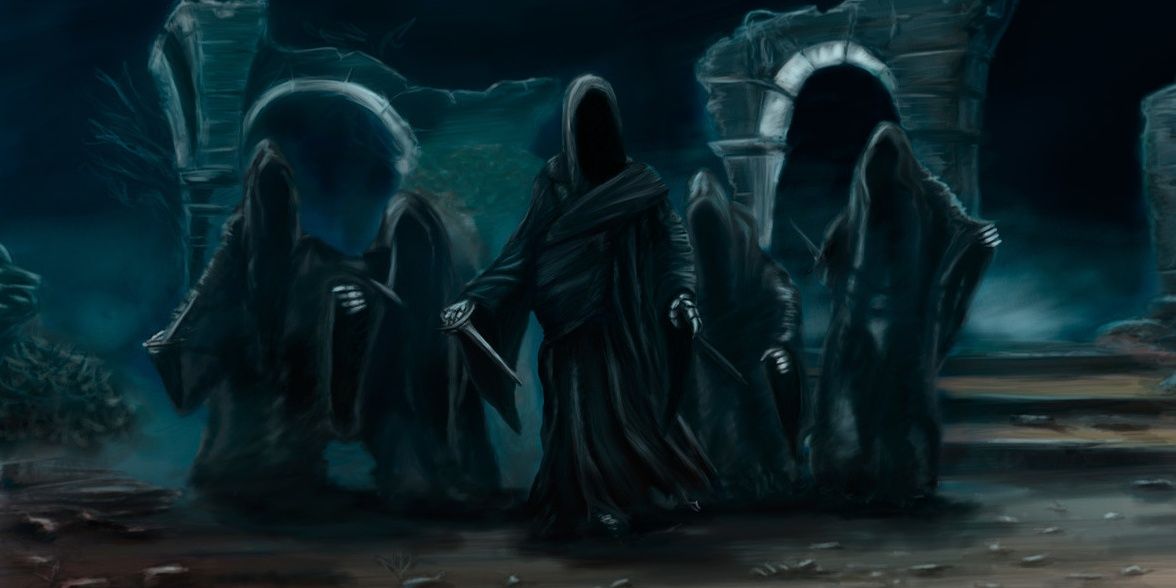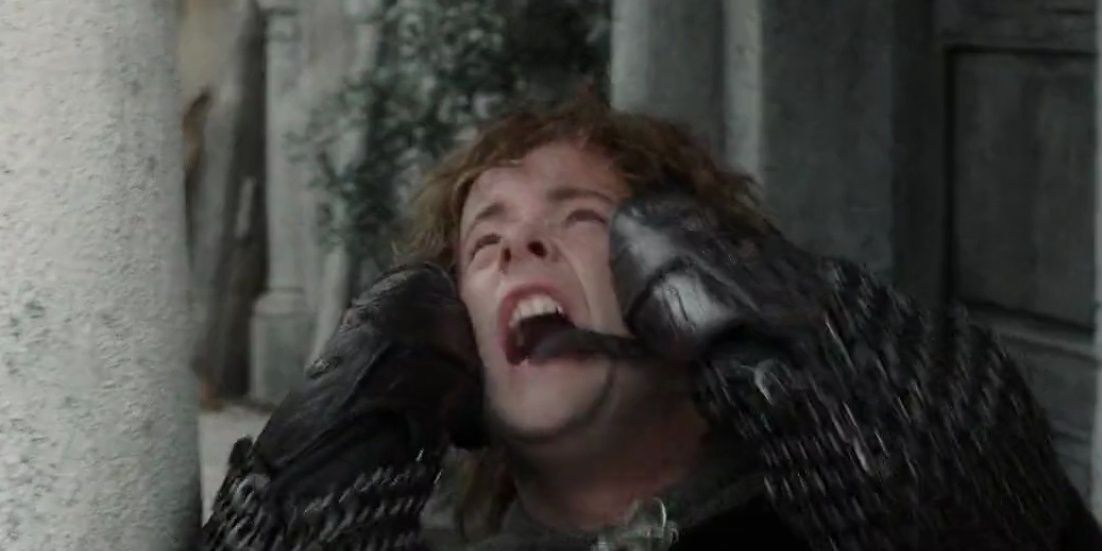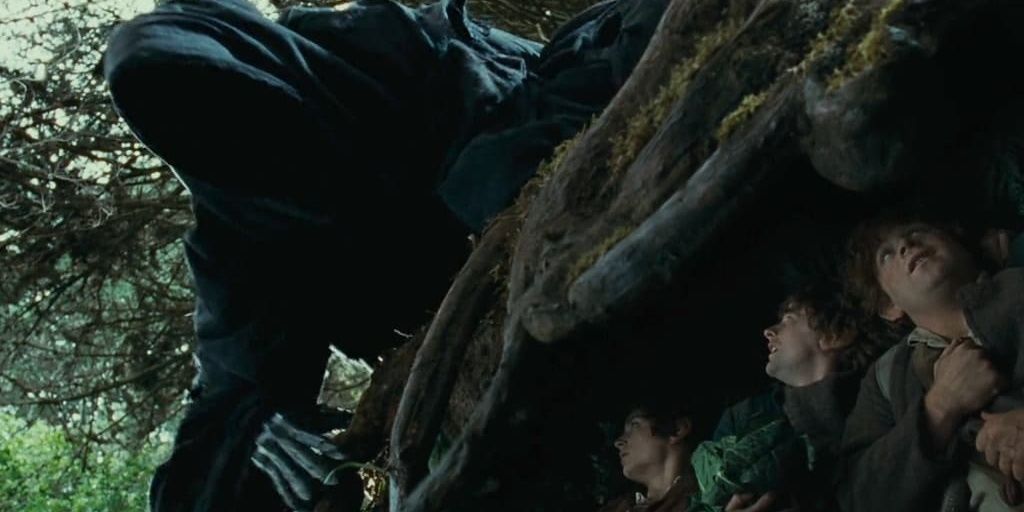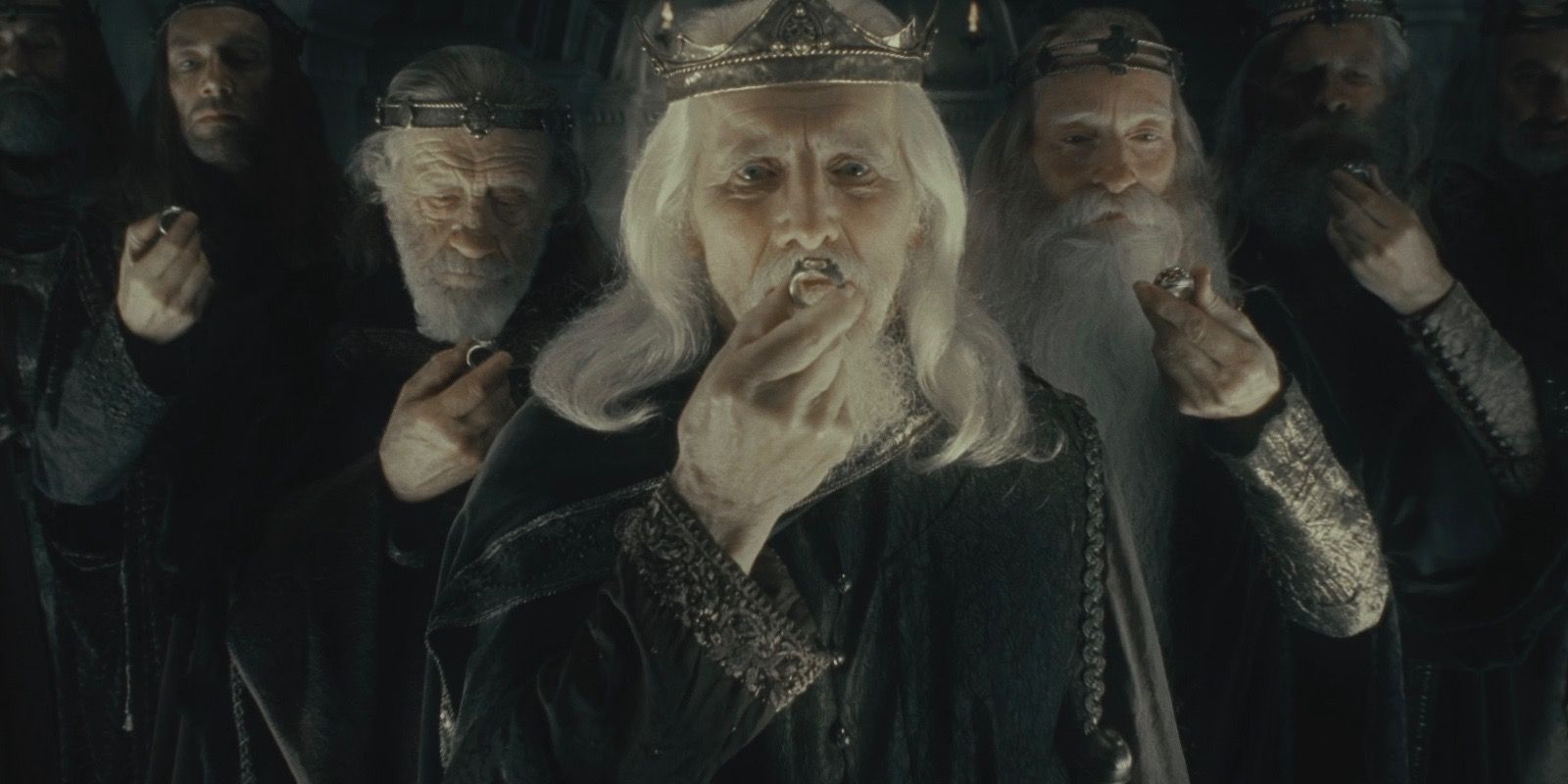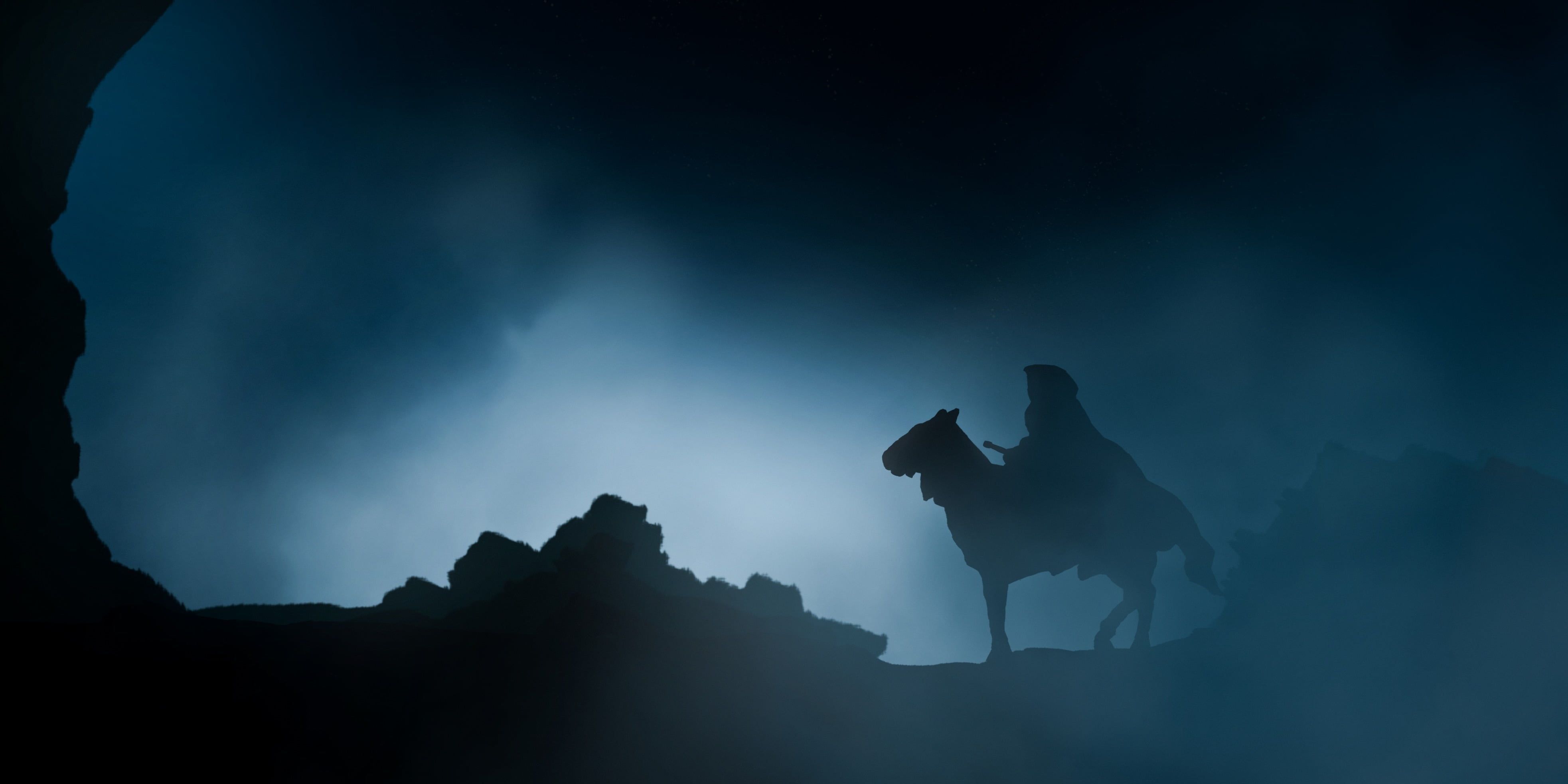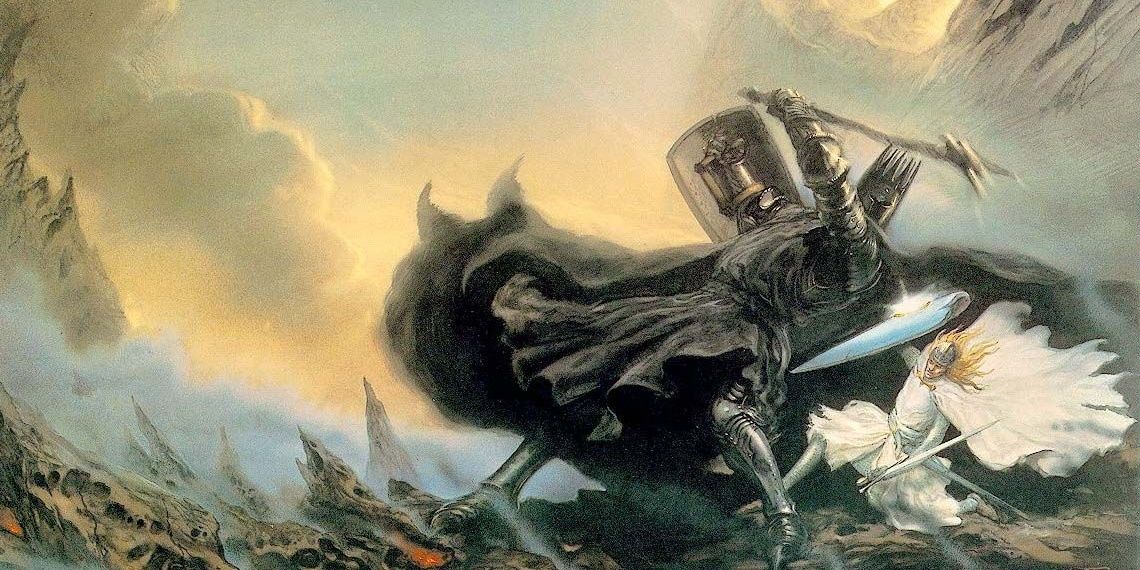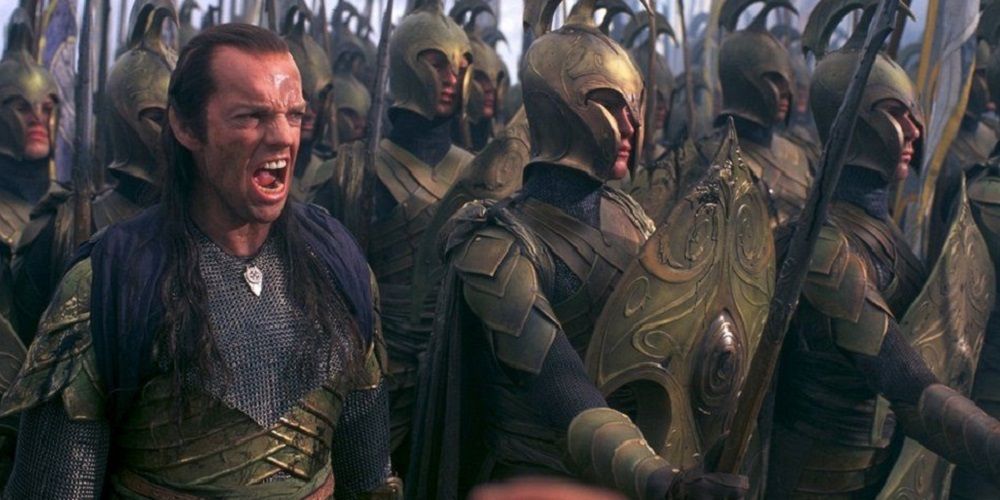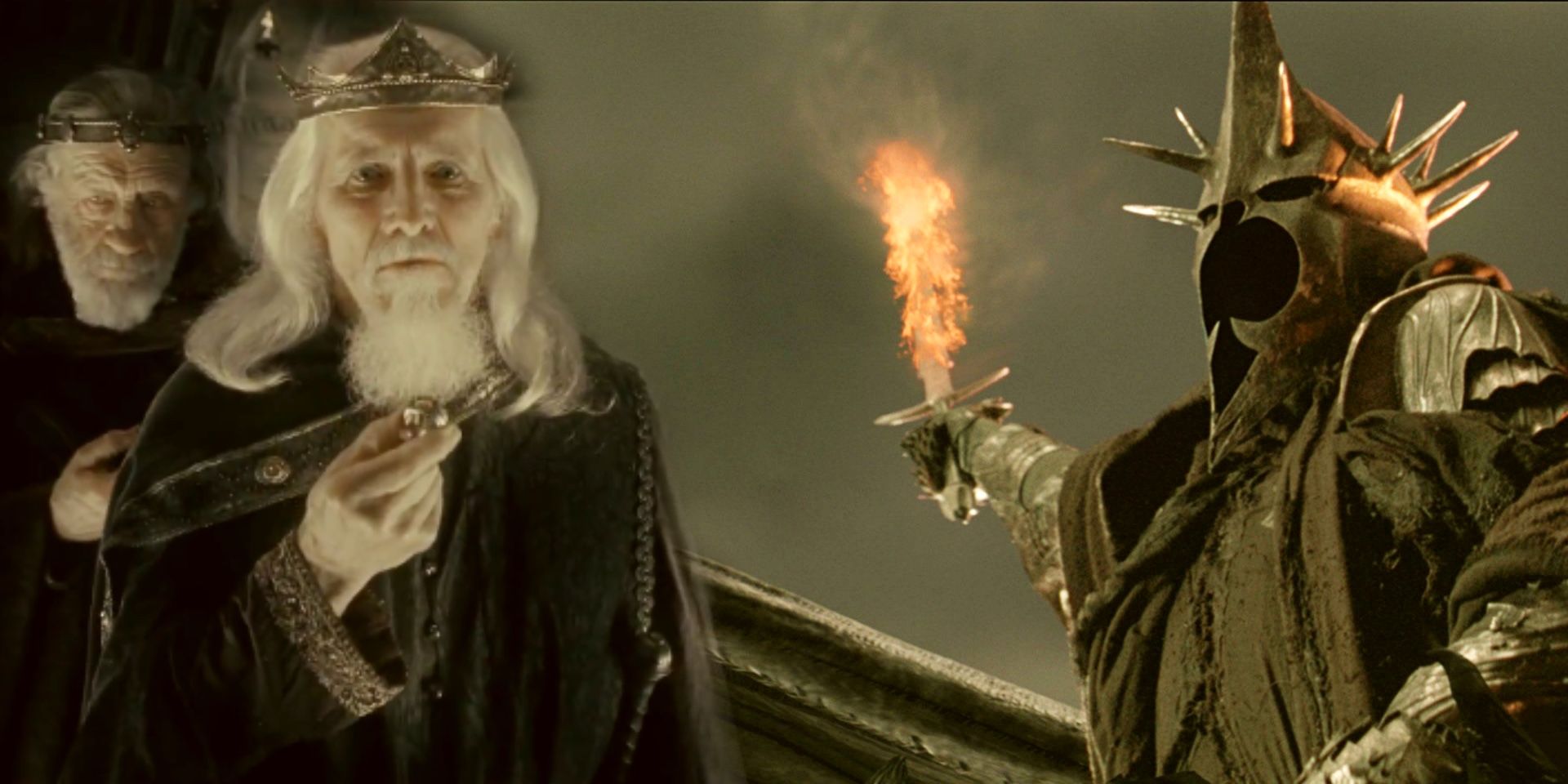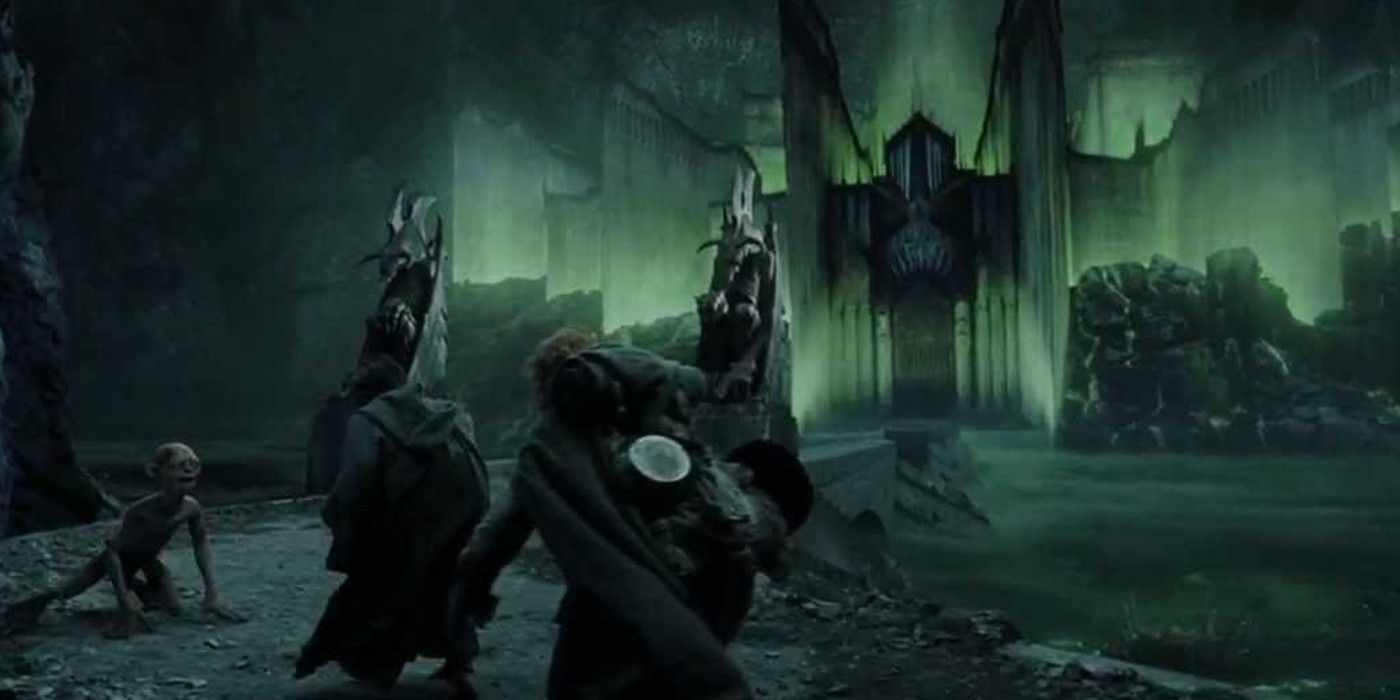With Amazon's highly anticipated prequel series, The Lord of the Rings: The Rings of Power, set to drop on September 2, 2022, many LOTR fans wonder if the iconic Ringwraiths (AKA Nazgûl) will make an appearance in the show, considering they were also around during the Second Age.
Arguably one of the most terrifying adversaries introduced in J.R.R. Tolkien's high fantasy novel The Lord Of The Rings, the Nazgûl represented all the evils that the free peoples of Middle Earth fought against. Brought to life in Peter Jackson’s The Lord of the Rings film trilogy, the Nazgûl’s dark powers and lore were only partially portrayed in the film adaptations. However, over at Ranker, a dedicated group of Tolkien fans has voted on the most chilling Nazgûl lore that didn’t make it into the films.
The Nazgûl Feared Daylight
Former Kings of Men who were corrupted by the Dark Lord Sauron, the Nazgûl dressed entirely in black and wielded some truly devastating weapons and abilities. While initially, J.R.R. Tolkien wanted the Nazgûl to fear water (something that the film adaptations later re-added), he actually abandoned the idea for practical purposes and instead had the Nazgûl fear daylight.
Whenever the Ringwraiths were caught out in the sun their powers were significantly weakened and their vision was reduced, which is why in the books they tried to only attack at night. However, this weakness did not extend to their leader, the Witch-king of Angmar, who was comfortable fighting both day and night.
The Nazgûl Were Masters Of Dark Magic
While not really elaborated on in the movies, the Nazgûl’s abilities went far beyond their fighting prowess and into the realm of dark magic. In fact, several Ringwraiths were formally great sorcerers in their previous lives.
The Nazgûl received their power from Sauron's rings and could call upon deadly abilities like the Black Breath, dark curses (like the Morgul-knife), and even necromancy. The Witch-king was particularly adept at magic, being able to go toe to toe with Gandalf the White.
The Nazgûl's Shrieks Sapped Hope From All Who Heard Them
Inflicting pain and sorrow into those who heard it, the Nazgûl's Shrieks were featured prominently in the film adaptations, however, in the books the Shrieks were even more sinister and powerful.
In the novel series, the Shriek itself did not cause pain but rather instilled an all-consuming fear that sapped all hope from its victim. The Nazgûl's Shrieks were later emphasized in Peter Jackson's film adaptations and were created by Jackson's wife and co-screenwriter Fran Walsh, according to The New York Times.
Tolkien Gave Names To Only Two Nazgûl
The Nazgûl were once powerful men from across Middle Earth whom Sauron deceived by giving them rings of power which eventually turned them into wraiths. Tolkien however only gives readers the names of two, the Witch-king of Angmar and his chief lieutenant, Khamûl the Easterling.
The Witch-king was likely a Black Númenórean king-sorcerer, whose lifespan was significantly increased by the ring of power given to him by Sauron. Khamûl was the ruler of the Eastlands of Middle Earth and was the lead wraith who pursued the hobbits in the shire during the events of The Fellowship of the Ring.
The Nazgûl First Appeared Around 2251 Of The Second Age
The Nazgûl, also known as the Nine, were first spotted in 2251 of the Second Age. Not much is known about their activities during the first thousand years, but they were eventually scattered to the four corners of Middle Earth after Sauron's downfall during the War of the Last Alliance.
Around 1300 of the Third Age, the Nazgûl began to reappear as Sauron regained his strength, with the Witch King creating his own dark kingdom he called Angmar, from which he waged war against the men and elves of the north.
One Of Their Deadliest Weapons Was The Black Breath
One of the most terrifying powers the Nazgûl can call upon, the Black Breath (or Black Shadow) was only alluded to in the movie adaptations.
The Ringwraiths' poisonous breath could soon overpower most who came in close contact with them. The severity of the Black Breath ranged from waking nightmares to loss of consciousness or even death after prolonged exposure. One of the only ways to counteract this affliction was with the sweet-smelling herb, Athelas.
Any Weapon That Struck The Witch-King Was Destroyed
As one of Sauron’s greatest servants, the leader of the Nazgûl was imbued with several extra abilities and dark magic that made him a cut above the typical Ringwraith. The Witch-king’s most OP ability is that most martial weapons that hit him would disintegrate and their wielder would be poisoned. This was due to Glorfindel's prophecy that "not by the hand of men shall he fall", referring to the Witch-king.
The effect of this ability would scale depending on how heavy a weapon he was struck with was. During the Battle of the Pelennor Fields, however, the hobbit Merry was able to get around this defense by stabbing the Witch-king with an enchanted Barrow-blade.
The Nazgûl Lost Their Physical Forms After The War Of The Last Alliance
After Sauron’s defeat during the epic last battle of the War Of The Last Alliance, the Dark Lord was not totally destroyed, his spirit survived but he forever lost his corporeal form.
This same fate befell the Nazgûl, as they also lost their physical forms and had to lay low for a thousand years. It was only when Sauron began to regain his strength in the Third Age that the Nazgûl reappeared and regain their physical forms.
They Were Responsible For Halting The Line Of Kings Of Gondor
In The Return of the King, viewers see the White Tree of Gondor flowerless and withered, this was because the line of the Kings of Gondor had been broken, in part by the Nazgûl. In 2050 of the Third Age, the current King of Gondor, Eärnur, was goaded into a duel by the Witch-king himself.
With a small cadre of loyal knights, Eärnur made his way to the sinister Minas Morgul, the headquarters of the Nazgûl, to accept the Witch-king’s challenge. Neither the King nor his knights were ever seen again, thus breaking the line of Gondor. The Stewards of Gondor continued to rule in their stead "until the King returns".
The Nazgûl Established Minas Morgul By Destroying Its Predecessor
The dark fortress of Minas Morgul, the lair of the Nazgûl, was also the site of one of their greatest victories. In the year 2000 of the Third Age, the Nine led by the Witch-king of Angmar laid siege to the Gondorian citadel of Minas Ithil, after two years Minas Ithil fell and was renamed Minas Morgul, the Tower of Dark Sorcery.
After its capture by the Ringwraiths, Minas Morgul became a place of unspeakable horror and suffering, emanating a sinister glow, which Tolkien described as “wavering and blowing like a noisome exhalation of decay, a corpse-light, a light that illuminated nothing.".

